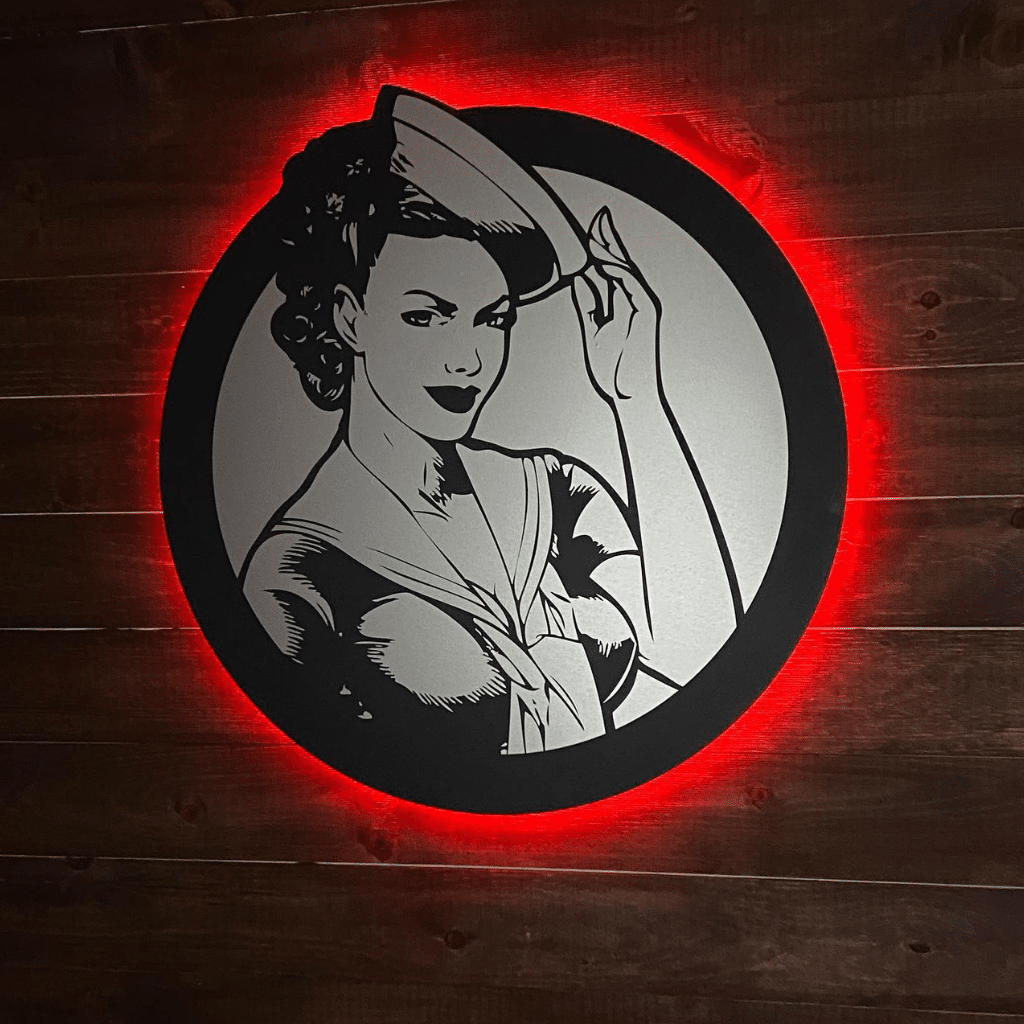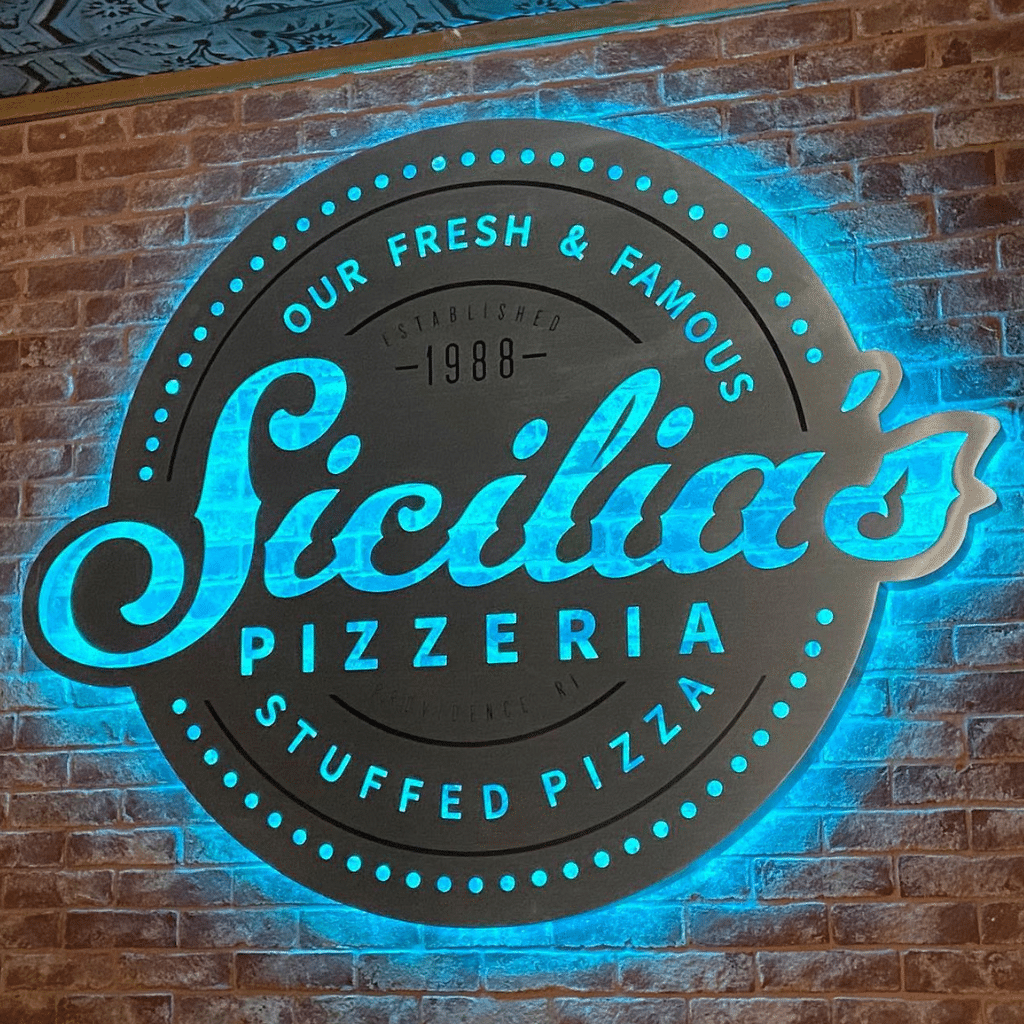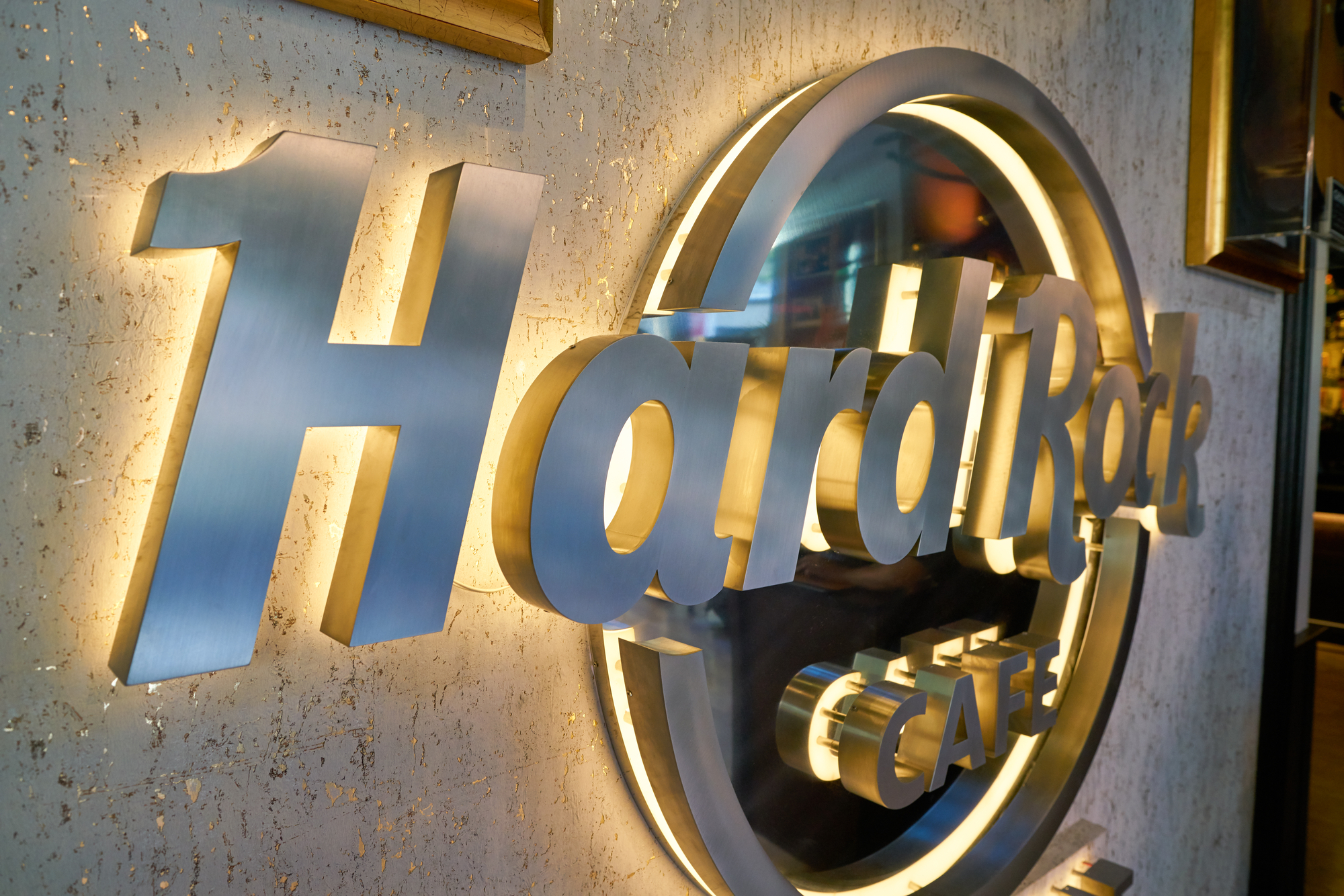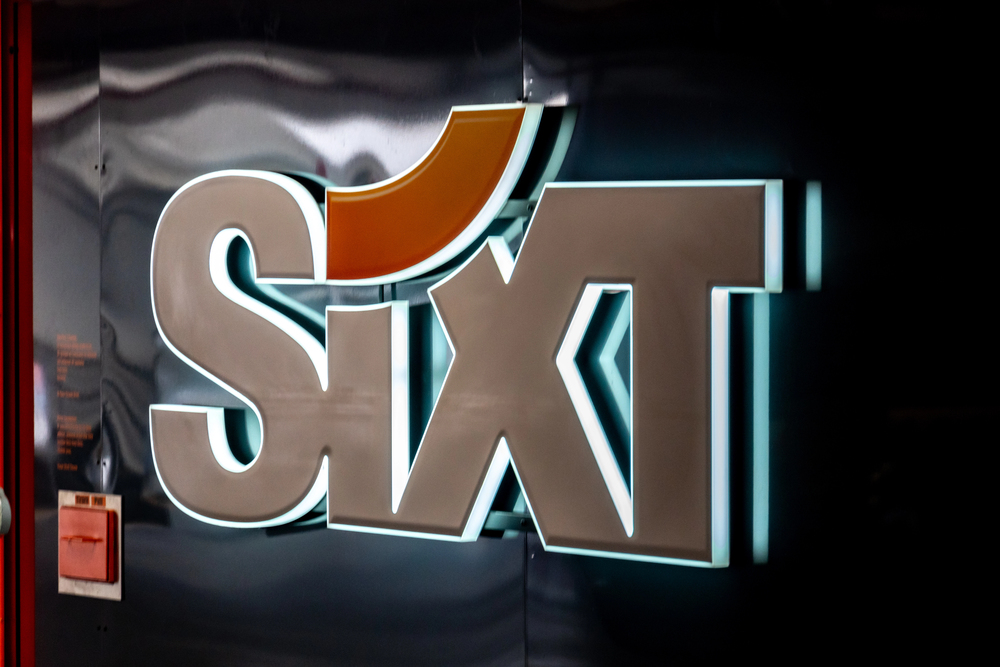This is a beginner’s guide to backlit signage and how its benefits help you shine as a business. Apart from developing a sound image, you need eye-catching signage to communicate to the passerby. One of the best options for getting the attention your business deserves is backlit signage. Not only will you make a great impression, but you can market your business around the clock and enhance your visibility.
If you are considering upgrading your signage, backlit signs are a fantastic option. We made this beginner’s guide to backlit signage to help you figure out whether this type of sign is right for your business.
Let’s get started!
Key Takeaways:
- Backlit signage is a powerful marketing tool for businesses as it enhances visibility, promotes branding, and delivers messages effectively.
- Benefits of backlit signs include their promotional capabilities, branding impact, presence-enhancing qualities, versatility, and energy efficiency.
- When choosing backlit sign lightboxes, consider factors like graphic size, location, and desired longevity. Common types of lightboxes include LED, Edge-Lit LED, and Fluorescent.
- Materials for backlit signage include Backlit Paper, Printable Films, Photographic Transparency Films, Vinyl/Fabric Backlit, Inkjet Backlit Film, and Adhesive Translucent Vinyl, each with unique properties suited for different applications.
- Consider placement, spacing, depth, viewing distance, angles, colors, and ambient light when maximizing the effectiveness of backlit signs.

Steel Art Company Inc
What Is Backlit Signage?
You might hear or see backlit signage called backlit display graphics or backlit lighting displays, and that is simply describing what this type of sign truly is. This style of signage is meant to be viewed with a light source shining through it or behind it. Backlit signage can be used a number of ways to increase visibility and brand recognition, stand out among the competition, and deliver your unique message to your target audience.
Backlit signs require two main pieces: the Lightbox and the Printed Graphic. That said, there are various construction methods to create that backlit look, which we will discuss later. So lets really dive into a beginner’s guide to backlit signage.
Benefits of Backlit Signage
There are a couple of reasons for choosing backlit signage. High-quality graphics and vivid images that shine are bound to capture the attention of customers and stick in their heads throughout the day.
Other benefits of backlit signs include:
- Promotion. Shine a light on your business, promotional events, discounts, and much more with customized messages. Backlit signs are ideal for connecting with people, because they are bright, noticeable, and can be personalized from top to bottom.
- Branding. Backlit signage helps your business stand out wherever you are. By adding particular brand elements, such as your logo, business name, and contact information, you can effectively increase brand recognition and generate more business.
- Presence. Do you want to add a bit of intrigue to your storefront? Add some depth and dimension with backlit signage. You can effectively engage with the customer by shining a light—literally—on important information and other news or just brightening up the walls with unique graphics and images.
- Versatility. Though you have a box to work with, you can think beyond the box and create dozens of graphics, messages, and displays for whatever you need. There are hundreds of graphic templates available. You can also choose dozens of locations to mount the backlit sign, like walls and windows; so it can be used for announcements, marketing campaigns, and even as directional signage.
- Efficiency. Going along with versatile use, you can also switch out the graphics whenever necessary. Plus, LED lightboxes use very little electricity, thus reducing overall utility costs. And since you don’t have to continuously print out new signs, you save time and money that way, too.
About Backlit Sign Lightboxes
When you opt to purchase backlit signage, you are given options about the size and style of the lightbox. The lightbox is how the sign is illuminated. Typically, there are three factors to consider:
- The size of your graphic
- The graphic’s location
- How long you want the sign to last
There are also several kinds of lightboxes, but we are going to focus on the three common types:
LED
This would not be a proper beginner’s guide to backlit signage if we did not mention LED. The LED variety is the most popular, because light-emitting diodes are both cost-effective, exceptionally bright, and look crisp and clean. Unlike fluorescent lighting, LED lightboxes are “pointed,” meaning that the light created tends to focus in a specific area, causing hot spots instead of diffusing. Because of this LED lights cannot be used in shallower boxes. You will need a deeper lightbox to house LEDs or will need a diffuser to spread the light and avoid hot spots.
Edge-Lit LED
These lightboxes have LED lights positioned around the frame of the lightbox, hence the name “edge-lit.” This is often used to avoid hot spots. The light generated by the LED bulbs is sent into a diffuser, allowing the glow to spread evenly across the entire lightbox and brighten the graphic. Edge-lit LED lightboxes are very thin, inexpensive, and use barely any energy. They are best for retail signage and directional signboards.
Fluorescent
Fluorescent light boxes use tubes to light up the box and are known for their excellent diffusion. In other words, the light spreads evenly across the graphic, so you don’t have to worry about hot spots or an uneven glow. Fluorescent light boxes are best for outdoor use since the boxes often have to be quite deep to accommodate larger bulbs.

Steel Art Company Inc
Choosing The Best Materials For Backlit Signage
Now that you know a little more about lightboxes, let’s talk about materials. There are six choices. Depending on the lightbox you choose, and the design you want, one backlit material may be better than the others.
Backlit Paper
Using a thin and translucent 7 pt Bristol board, this kind of material is perfect for short-term use. It is fairly cheap. For humid climates, the backlit paper receives a special coating to stop warping. Backlit paper is printed with either a Latex roll-to-roll or UV curing flatbed.
Printable Films
Translucent plastic sheets, such as polypropylene or styrene, are often used to make long-lasting, weather-resistant outdoor signs. You will often see this kind of backlit material at bus stops, mall displays, and even for movie posters at the theater. Plastic printable films can be printed on UV curing flatbed prints or screenprint.
Photographic Transparency Films
Often referred to by the brand name “Duratrans” or “translites,” photographic transparency films are incredibly high-quality. The images are printed using an RGB laser system. Photographic transparency films can be rather expensive to manufacture. You must also consider that these films have poor lightfastness with prolonged sun exposure. Select photographic transparency films for indoor applications, such as designer retail and jewelry stores.
Vinyl/Fabric Backlit
Printed on grand-format inkjet printing units with solvent or latex ink, this material is often limited to larger than average signage. Many vinyl and fabric backlit sign frames are constructed with tension systems to hold the graphic material in place without causing any wrinkling. The tension system work so well that it is often difficult to tell that the sign face is not made of rigid material.
Depending on the size of the vinyl/fabric materials, these are easy to swap out, roll up, and transport around. This makes the material ideal for retail and promotional signage.
Inkjet Backlit Film
This kind of polyester film is like Duratrans. The inkjet images are coated with an ink-receptive base rather than a photographic emulsion. From there, a high-resolution Latex printer is used, rivaling the quality of Duratrans. However, inkjet backlit film is inexpensive and has great durability for both indoor and outdoor applications.
Adhesive Translucent Vinyl
A permanent option of vinyl film that attaches to acrylic or Lexan. This is ideal for storefronts and other outdoor locations.
If you want more information about lightboxes and materials, don’t hesitate to reach out. We’re more than happy to answer your questions.
Getting The Most Out of Backlit Signs
If you want to get the most out of your backlit signage, keep the following things in mind when constructing and placing them around your business:
- Placement. Think about where you are putting the backlit sign. Any sign placed in a low-light environment will require a different kind of lighting than those in brighter places. This is true for indoor and outdoor signage as well.
- Spacing and depth. Lights in the box can be placed close together or farther apart to create variances in brightness and will change how the graphic looks. The same works with the depth of the box and how far the light source is from the graphic. LEDs that are farther away from the graphic will create a softer glow.
- Viewing distance and angles. You want to choose lighting that will enable people to view the sign from an appropriate distance. Similarly, consider perspective. Can the be viewed at an angle? If you need a cleaner image when viewed at wider angles, consider a shallower box.
- Colors. You can change the color of the LEDs in the lightbox. Warm white and cool white will influence the graphic, however. Warm white is more incandescent while cool white emits that characteristic blue light. Consider the mood of your business.
- Ambient light. Lightboxes are not as vibrant as neon lights or fluorescent bulbs. You cannot rely on them as the sole source of light in most cases.
Takeaway
Now that you know a little more about backlit signs, along with the types of lightboxes and materials available, you should be able to decide it is the correct signage option for you. Think about where you would like your signage, the size, and the lighting before making your selection. Regardless, backlit signage is visually appealing and is highly versatile, so you can think out of the box!
Have more questions about backlit signage or want to request a quote? Contact us directly by filling out the form. We’ll send more information straight to your inbox.
FAQs (Frequently Asked Questions) About Backlit Signage:
1. What is backlit signage?
- Backlit signage is a type of sign meant to be viewed with light shining through or behind it. It uses a combination of a lightbox and a printed graphic to increase visibility and deliver messages effectively.
2. What are the benefits of using backlit signs for businesses?
- Backlit signs offer benefits such as promotional capabilities, enhanced branding, increased presence, versatility, and energy efficiency.
3. What are the common types of lightboxes used for backlit signs?
- The common types of lightboxes include LED, Edge-Lit LED, and Fluorescent, each with its unique characteristics and applications.
4. What materials are used for creating backlit signage?
- Materials for backlit signage include Backlit Paper, Printable Films, Photographic Transparency Films, Vinyl/Fabric Backlit, Inkjet Backlit Film, and Adhesive Translucent Vinyl, with each material suitable for different purposes.
5. How can I maximize the effectiveness of backlit signs?
- To maximize the effectiveness of backlit signs, consider factors like placement, spacing, depth, viewing distance, angles, colors, and ambient light to create visually appealing and impactful signage.
6. Is backlit signage suitable for both indoor and outdoor use?
- Yes, backlit signage can be used both indoors and outdoors, depending on the materials and lightbox selected. Some materials are better suited for specific applications, such as outdoor use or indoor retail displays.
7. What are the key considerations when selecting backlit signage for my business?
- When selecting backlit signage, consider factors like the location of placement, the size of the sign, and the desired lighting effects. Additionally, think about how the sign will complement your branding and the mood you want to convey.
8. Can I request a quote or get more information about backlit signage?
- Yes, you can request a quote or obtain more information about backlit signage by contacting the sign provider directly through their contact form. They will be happy to assist you with your inquiries and provide additional details about their services.



